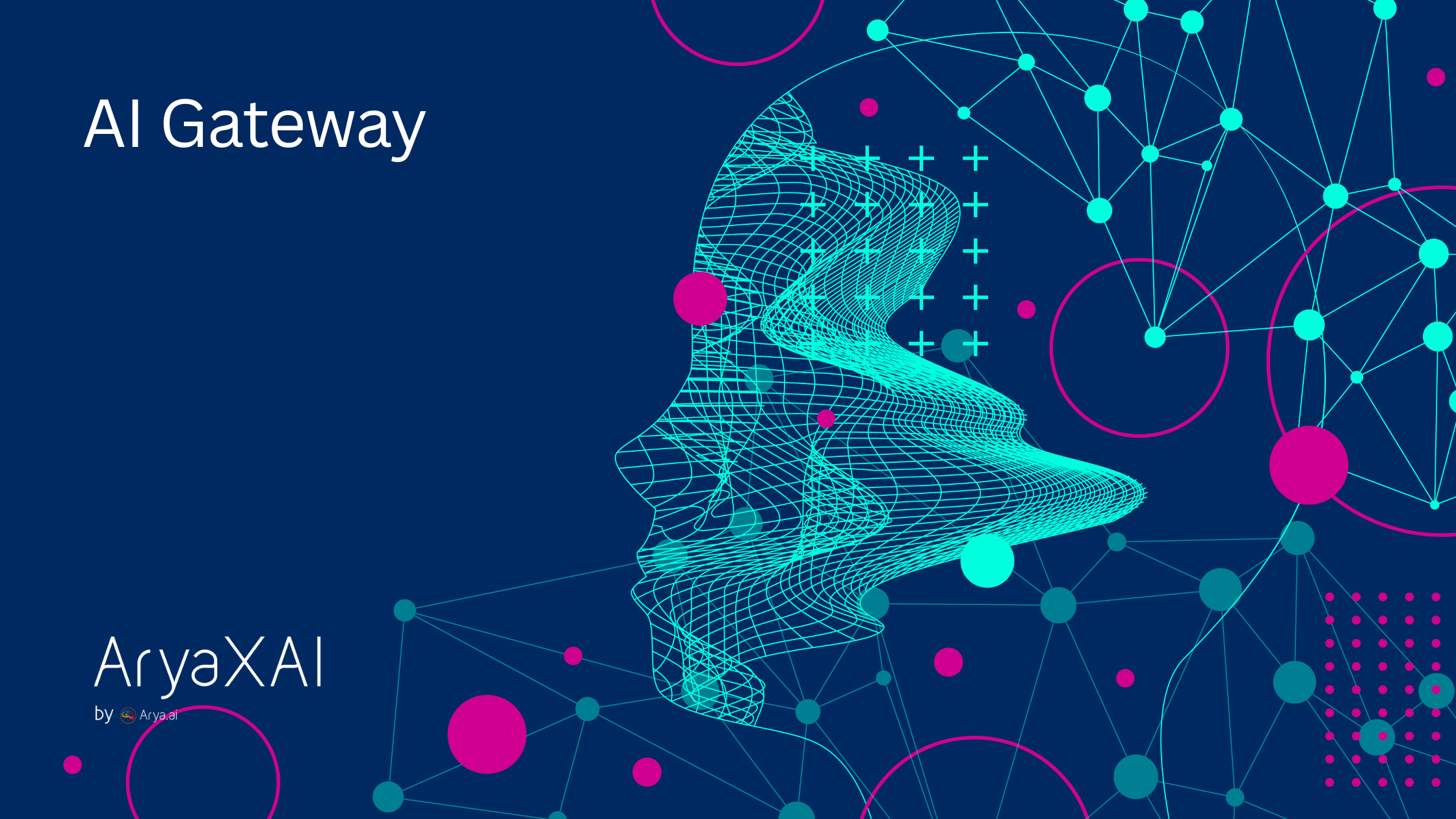Global AI Regulation: A Comparative Look at G7 AI Governance Approaches
June 20, 2025

As artificial intelligence (AI) rapidly transforms the global economy, the urgent need for comprehensive and interoperable AI governance frameworks intensifies. The G7 nations, including Canada, France, Germany, Italy, Japan, the United Kingdom, and the United States, stand at the forefront of defining these crucial pathways. While united in their commitment to fostering ethical AI and ensuring responsible AI development, their national AI regulatory models exhibit notable distinctions in scope, enforcement mechanisms, and underlying philosophical approaches.
This blog expands on our detailed analysis of Japan’s Innovation-First AI Act by offering a rigorous comparative study with other leading G7 strategies. We will meticulously explore how these diverse AI governance models impact responsible AI development, clarify direct implications for AI developers and deploying organizations, and outline practical approaches for building compliant, explainable, and observable AI systems across complex international jurisdictions. Our objective is to provide a sophisticated understanding of the evolving global AI governance landscape and its demands on modern AI deployments.
Understanding G7 AI Governance: A Global Regulatory Overview
Each G7 nation is committed to promoting AI that is inherently trustworthy, fair, and profoundly aligned with human values. However, the specific regulatory mechanisms they employ vary considerably. G7 nations are increasingly focused on responsible AI governance, emphasizing robust ethical standards and fostering a sense of collective responsibility in their approaches to AI deployment.
Examining the leading G7 strategies reveals distinct philosophical underpinnings in their AI regulation:
- Japan champions a principles-based model, characterized by its reliance on "soft law." Its primary enforcement mechanisms are non-punitive, with a minimal formal AI risk framework. Japan prioritizes a high degree of AI innovation orientation and seeks broad global alignment through active participation in international bodies like the OECD and the UN AI Advisory Body, including its commitment to the G7 Hiroshima Process.
- The European Union (represented by France, Germany, and Italy) has introduced the EU AI Act, a pioneering binding legal framework [https://eur-lex.europa.eu/eli/reg/2024/1689/oj/eng]. This Act features a stringent risk-based framework, categorizing AI systems into classes such as unacceptable risk (which are prohibited), high-risk AI systems, limited risk, and minimal risk. Enforcement is robust, involving substantial fines and potential bans. The EU's approach balances AI innovation with AI governance, with a strong EU-centric focus while also aligning with OECD principles.
- The United Kingdom opts for a sector-specific soft law model. It does not impose a central statutory AI risk framework, instead relying on adaptive guidance. The UK maintains a high AI innovation orientation and participates actively in global initiatives like GPAI and the OECD.
- The United States employs a more fragmented sectoral policy approach, lacking a single, centralized AI law. Enforcement is emerging and largely agency-led, without a single formal AI risk framework. The U.S. demonstrates a high AI innovation orientation and engages in select international treaties, notably utilizing the NIST AI Risk Management Framework (AI RMF 1.0) [https://www.nist.gov/itl/ai-risk-management-framework] as a guiding blueprint.
- Canada proposes a hybrid model through its Artificial Intelligence and Data Act (AIDA) [https://ised-isde.canada.ca/site/innovation-better-canada/en/artificial-intelligence-and-data-act]. This framework is planned to include binding enforcement and a defined AI risk framework that emphasizes a balanced approach between AI innovation and AI governance, aligning with OECD and G7 principles.
Each country's model reflects a unique belief system regarding the optimal balance between AI innovation and rigorous AI governance. Despite these differing approaches, a shared objective persists: to establish robust governance frameworks that unequivocally ensure ethical standards and promote collective responsibility in AI deployment.
Japan's AI Governance Model: Prioritizing Innovation and Voluntary Compliance
As extensively covered in Part 1 of this series (which this blog builds upon), Japan’s AI governance model deliberately avoids regulatory overreach. Instead of classifying AI by inherent risk and enforcing penalties, it champions a collaborative approach rooted in:
- Public-private cooperation and ecosystem coordination, fostering a shared understanding and implementation of AI best practices.
- Voluntary guidelines for AI ethics, AI transparency, and comprehensive AI lifecycle oversight, encouraging self-regulation within organizations.
- Strong participation in global AI policy initiatives, including the OECD AI Principles [https://www.oecd.org/en/topics/ai-principles.html], the G7 Hiroshima Process, and active engagement with the UN AI Advisory Body. This commitment underscores Japan's dedication to international standards and best practices in AI development.
The implications of this model are significant: AI systems can be deployed more rapidly in Japan, and enterprises benefit from a degree of regulatory certainty balanced with built-in ethical safeguards. This approach actively encourages the development of internal observability and explainability systems as a cultural norm rather than a strict legal mandate. Japan’s model is meticulously designed to foster AI innovation while seamlessly aligning with the overarching international AI strategy and evolving AI governance best practices.
The EU AI Act: Risk-Based AI Regulation for Europe
As cornerstone EU member states, France, Germany, and Italy are pivotal in the enforcement of the EU AI Act [https://eur-lex.europa.eu/eli/reg/2024/1689/oj/eng], a pioneering legal framework established by the European Commission. Key features of this ambitious Act include:
- Rigorous Risk Classification: The Act meticulously classifies AI systems into distinct categories based on their potential for harm, including unacceptable risk AI (which are outright prohibited), high-risk AI systems, limited risk, and minimal risk.
- Mandatory Requirements for High-Risk Systems: For high-risk AI applications in critical sectors like finance, healthcare, and public administration, the Act mandates stringent requirements covering model documentation, explainability, data quality, human oversight, and robust cybersecurity measures.
- Strict Enforcement: Non-compliance can lead to substantial fines and outright bans on AI system deployment.
The EU AI Act firmly adopts a risk-based approach, supported by robust oversight mechanisms such as the AI Office, the European AI Office, and the AI Board, all designed to enforce compliance and solidify AI governance practices. This landmark AI legislation requires comprehensive AI risk assessment, strong data governance, and proactive AI transparency for high-risk AI systems, including those utilizing facial recognition and general purpose AI models. It comprehensively covers a wide range of AI applications and AI models, establishing clear governance frameworks to ensure trustworthy AI, safeguard human rights, and effectively mitigate legal risks. The Act strongly emphasizes responsible AI development and mandates that AI developers comply with stringent AI regulations and actively regulate AI in line with ethical standards. Furthermore, it directly addresses critical issues such as AI generated content, AI generated outputs, generative AI, and generative AI services, requiring clear AI transparency and appropriate labeling. Effective data science, machine learning, and training data practices are explicitly important for compliance. The Act aims to judiciously balance fostering AI innovation and technological progress with stringent AI safety and risk mitigation. It also requires the use of AI tools and AI tool registries for comprehensive monitoring, underscoring the collective responsibility ingrained in AI governance aims.
United Kingdom's AI Strategy: Adaptive, Sector-Specific Governance
The UK has notably opted against a centralized AI law, choosing instead to rely on a more agile, sector-specific approach to regulating AI. This strategy is characterized by:
- Regulatory guidance issued directly by sector-specific bodies (e.g., the Financial Conduct Authority (FCA), Medicines and Healthcare products Regulatory Agency (MHRA), Information Commissioner’s Office (ICO)), reflecting an adaptive response to ongoing developments in AI regulation.
- A strong emphasis on AI assurance frameworks, voluntary ethical principles, and evolving AI governance practices that promote responsible AI innovation without rigid statutory imposition.
- Strategic use of AI regulatory sandboxes to test AI innovation in controlled environments, allowing for practical experimentation while assessing potential AI risks.
The implications include high agility for AI experimentation and deployment, encouraging observability and explainability without stringent enforcement. The UK's AI strategy prioritizes flexible oversight mechanisms and adaptive AI governance to support AI innovation. However, this approach carries the risk of inconsistency across sectors and a potential lack of broad public accountability.
United States' AI Policy: Navigating a Fragmented Regulatory Landscape
The U.S. currently operates without a single, centralized AI law. Instead, its approach is defined by:
- Agency-led enforcement by various federal bodies (e.g., the Federal Trade Commission (FTC), Food and Drug Administration (FDA), Department of Defense (DoD)), where US AI developers must proactively manage legal risks and conduct robust AI risk assessment when deploying AI solutions.
- Influential guidelines such as the NIST AI Risk Management Framework (AI RMF 1.0) [https://www.nist.gov/itl/ai-risk-management-framework], which provides a voluntary yet comprehensive framework for managing AI risks.
- Key policy blueprints including the AI Bill of Rights and the Executive Order on Safe AI (2023) [https://bidenwhitehouse.archives.gov/briefing-room/presidential-actions/2023/10/30/executive-order-on-the-safe-secure-and-trustworthy-development-and-use-of-artificial-intelligence/], signaling governmental priorities and future directions for AI regulation.
The implications are a strong emphasis on AI innovation and flexible policy evolution. However, compliance can vary drastically by industry, requiring AI developers to often self-regulate using best practices, frameworks like explainable AI, and impact assessments to ensure compliance and accountability. This reliance often necessitates leveraging various AI tools and frameworks for demonstrating responsible AI practices.
Canada's AI & Data Act (AIDA): A Hybrid Approach to AI Regulation
Canada’s proposed Artificial Intelligence and Data Act (AIDA) [https://ised-isde.canada.ca/site/innovation-better-canada/en/artificial-intelligence-and-data-act] introduces a distinct hybrid model for AI governance, blending aspects of both regulatory oversight and flexibility. Key elements include:
- Mandatory risk assessments for high-impact AI systems, mirroring risk-based approaches seen elsewhere.
- A designated enforcement authority responsible for oversight, signaling a move towards concrete AI regulation.
- A strong emphasis on data quality, human oversight, and AI transparency throughout the AI lifecycle.
Canada’s approach is underpinned by a comprehensive governance framework that actively supports responsible AI innovation throughout the entire AI lifecycle. The implications place Canada midway between the EU's more rigid legal frameworks and Japan's flexibility, making it highly relevant for regulated sectors like finance and healthcare. It strongly incentivizes internal AI governance maturity within organizations.
Comparing Global AI Regulations: Key Differences and Strategic Implications
The diverse landscape of G7 nations unequivocally demonstrates that there is no single, universally adopted strategy for AI governance. Each model reflects different priorities in balancing AI innovation with control. Japan exemplifies a model of innovation-first collaboration; the EU enforces robust AI risk management and stringent AI compliance; the UK and USA promote agile AI innovation with evolving oversight. Canada strategically positions itself at the center, balancing both extremes through its comprehensive AI governance framework.
For AI leaders building cross-border AI platforms and AI applications, the challenge extends beyond merely choosing where to operate. It involves the complex task of creating AI systems that can inherently satisfy these diverse governance demands. This is precisely where AI observability, comprehensive lifecycle explainability, and advanced automated compliance tooling become absolutely non-negotiable. Aligning with trustworthy AI principles and establishing clear AI governance aims are essential to ensure global AI success and responsible AI deployment in an interconnected world.
Building the Future: Towards Accountable and Interoperable AI Governance
The G7 landscape vividly illustrates that while diverse in approach, the global trajectory of AI governance converges on shared fundamental principles. Future-ready AI must be inherently transparent AI, undeniably explainable AI, and deeply ethically aligned from its very design inception through continuous deployment. Organizations must strategically invest in robust infrastructure that supports:
- Model explainability across all AI risk levels.
- Auditability and dynamic governance dashboards.
- Comprehensive cross-border compliance readiness.
As AI governance models continue to mature and converge, these foundational commitments will not merely define regulatory success; they will critically determine public trust, market adoption, and the global scalability of AI innovation. This collaborative effort shapes the collective future of responsible AI governance.
SHARE THIS
Discover More Articles
Explore a curated collection of in-depth articles covering the latest advancements, insights, and trends in AI, MLOps, governance, and more. Stay informed with expert analyses, thought leadership, and actionable knowledge to drive innovation in your field.

Is Explainability critical for your AI solutions?
Schedule a demo with our team to understand how AryaXAI can make your mission-critical 'AI' acceptable and aligned with all your stakeholders.



.png)
















.png)



